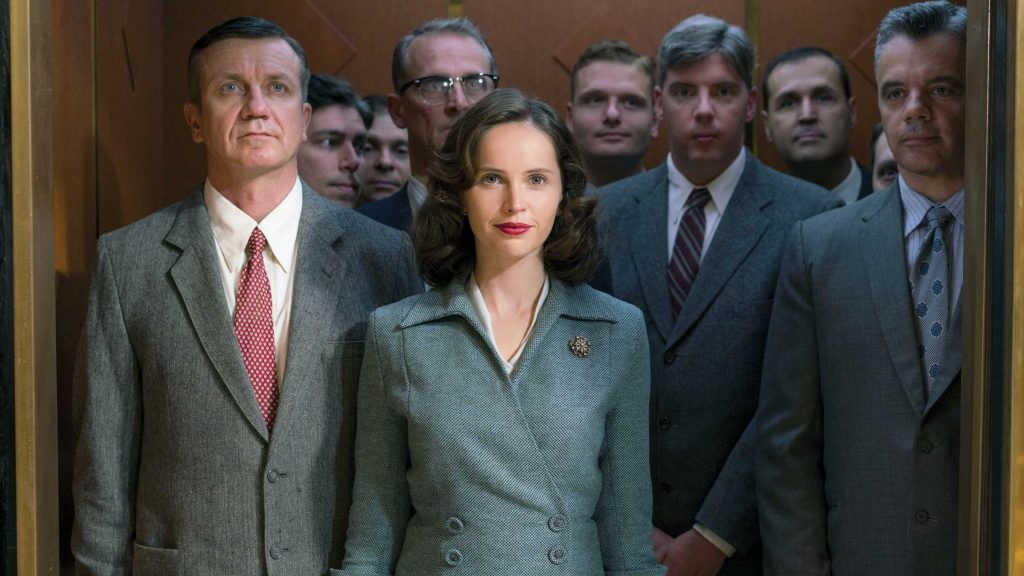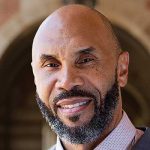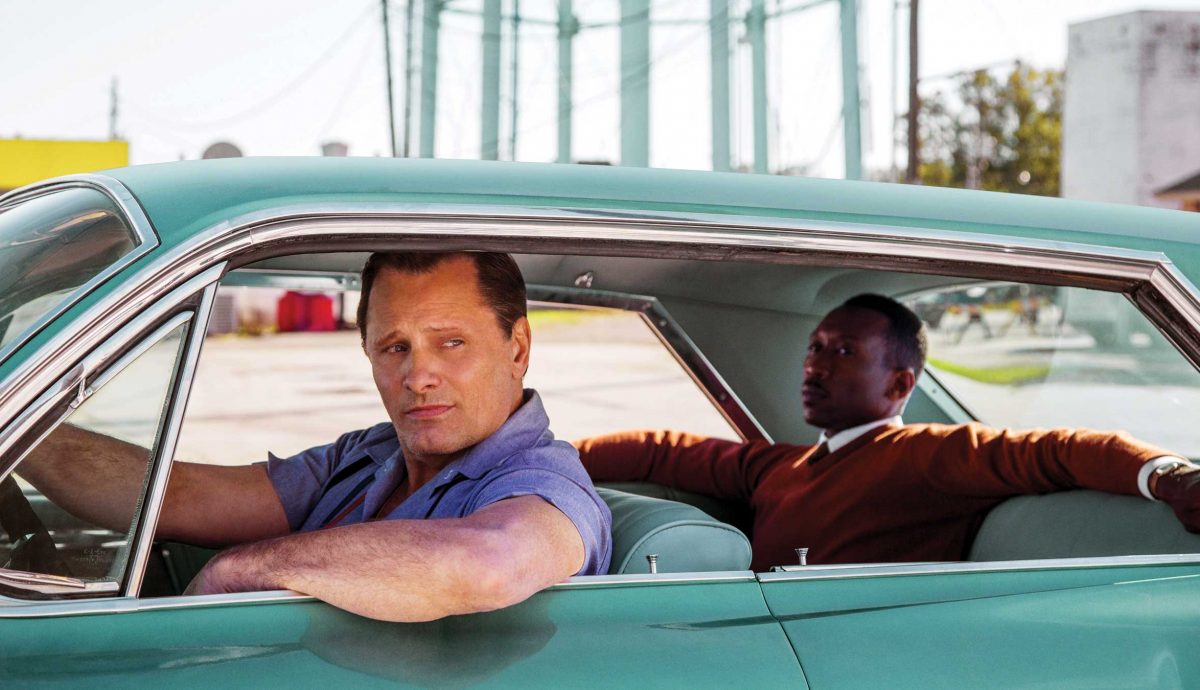
Holly Gordon
Chief Impact Officer at Participant Media
As Chief Impact Officer at Participant Media, I lead the team that develops the social impact campaigns that are launched alongside our film projects.
In simple terms, my job is to use our content to make a difference — to help it become a catalytic tool for leaders working to address key social issues around the world. The overarching vision for our work is set by Participant’s founder, Jeff Skoll: we strive to create a more sustainable world of peace and prosperity.
Social impact producing, the work of driving impact through content, is experiencing a moment of growth and transformation. As the world shifts to new structures of power, accelerated by the digital revolution we are experiencing across society, content and storytelling has a new potency as a tool for change. I am passionate about the opportunity that exists today to harness that storytelling to make a difference in the world. There has been a lot written about how an increasingly connected world is impacting society, and one book I love is New Power, written by Jeremy Heimans and Henry Timms. Whereas old power is hierarchical, structured, and formalized, like a traditional company, new power is open, flexible, and informal in its distribution. While old power delivers a product from the top down, new power asks for enrollment and participation in engaging with a product or an idea, building support from the bottom up.
How to turn audiences into activists: five lessons in social engagement from Participant Media
Karpel, Ari. “How To Turn Audiences Into Activists: 5 Lessons in Social Engagement from Participant Media.” Participant Media.
Content is an incredible new power tool. At Participant, we build our social impact campaigns from this fundamental perspective — we are creating frameworks for open, networked collaboration amongst people who share a vision or values that are in alignment with the stories we tell. We endeavor to build “armies” of support for ideas whose time has come, and to use art to galvanize activism around the basics: equity, justice, sustainability, health, and peace. We strive to inspire, empower, and connect audiences to take action and to lead change, in their homes, communities, or countries.
When Jeff Skoll founded Participant, he did so with the fundamental belief that every person has the power to create change. Following his lead, we believe the role of storytelling is to spark that inner activist, to seed change by increasing understanding, deepening compassion, and ultimately inspiring action. As social impact producers, our role is to create the opportunities and pathways for those citizen-leaders to step into the arena and experience the transformational power of personal “agency.” The more people our films reach, the greater the opportunity for impact.
It is worth noting that a consistent theme across Participant’s films is that of leadership. All of our films tell stories of everyday citizens who stand up to speak truth to power. These heroes and heroines provide visible role models for audiences of what it looks like to lead change. Every great advancement in society begins with a leader, a story, and an engaged audience. This is a belief that is at the center of Participant’s core theory of change.
At Participant, we apply a social impact lens to every project we consider. Before a film is given the green light, we ask ourselves a set of questions which include the scale of an issue the film tackles, the timeliness of whatever issue the film focuses on, and the clarity of the film’s message. We consider whether the message is a targeted or more of a diffuse idea embedded in the story and if, as a company, we feel we can make a significant contribution to moving the needle on the issue.

Once the film is greenlit, we assign a social impact team to the project. Each campaign starts with what we call a listening tour during which we reach out to leaders and organizations who are working to solve the challenges our film is addressing. During this period of learning, we seek to understand the issue context and history, and to identify opportunities for change. Our goal, in every case, is to be of service to the leaders and organizations who have dedicated their life’s work to making progress. In contrast to these life-long advocates, our timeline is usually short and so it is important that we recognize, and plan for, our finite, but potentially powerful, contribution to accelerating change. As a result of this consultative process, and in partnership with issue leaders, we compose a framework that describes the impact opportunity and describes a theory of change for that particular film.
I am often asked whether there is a specific audience for impact work, and the answer is yes. At Participant, we focus on reaching a particular subset of a film’s general audience, a group I call “superfans.” These are most often activists or leaders who are already engaged in the change that the film speaks to, and for whom professionally created content, that supports their vision for change, is an invaluable tool. Our job is to help these super-fans find innovative and powerful ways to use our content to engage with their own audiences, at a local, regional, or national level.
New Power values
Heimans, Jeremy, and Henry Timms. “Understanding ‘New Power.’” Harvard Business Review, Dec. 2014.
As a social impact entertainment producer, you’re most likely not a “resident” of the space affected by the issue you’re exploring. For this reason, it’s essential to approach every partnership from a place of humility, curiosity, and learning. You’re trying to build trust with folks who have been in this space before you — and who are going to be there a long time after your campaign is done. In short, you are an invited guest to someone else’s revolution, so it’s important to listen carefully and see what you can provide to help capture hearts and minds for social good.























































